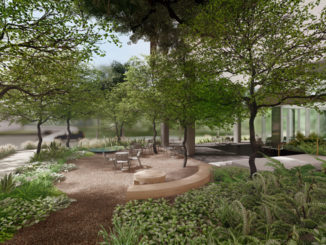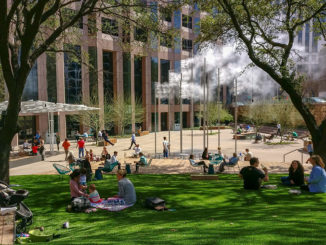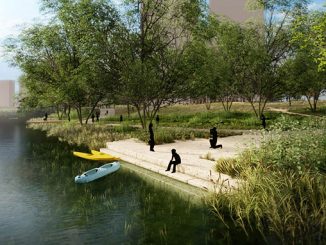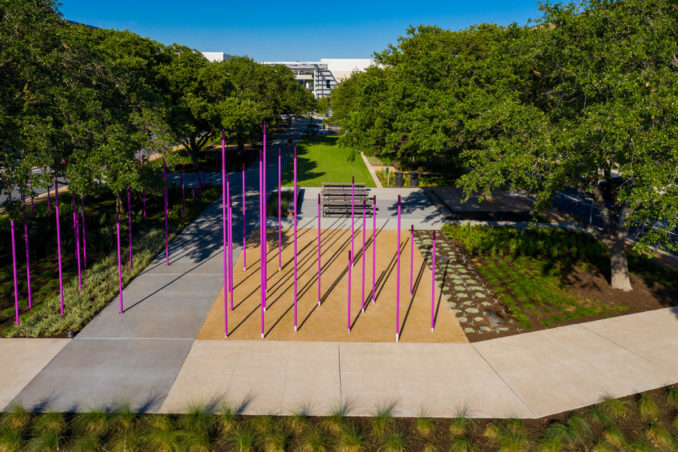
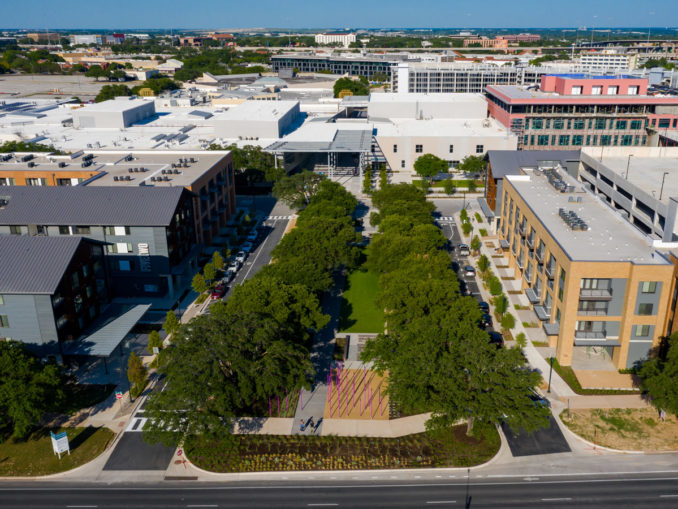
Fontaine Plaza is a true transformation of place. A site once dominated by cars, re-imaged and reclaimed, is now solely pedestrian focused.
Located in north Austin at the Austin Community College (ACC) Highland Campus, the site was formerly the entrance drive to the old Highland Mall, which closed in 2015. Developer Redleaf Properties, in partnership with Austin Community College, took on the endeavor to reinvent and revitalize the former mall into an active and bustling educational district. Under the direction of Redleaf and ACC, McCann Adams Studio master planned the development.
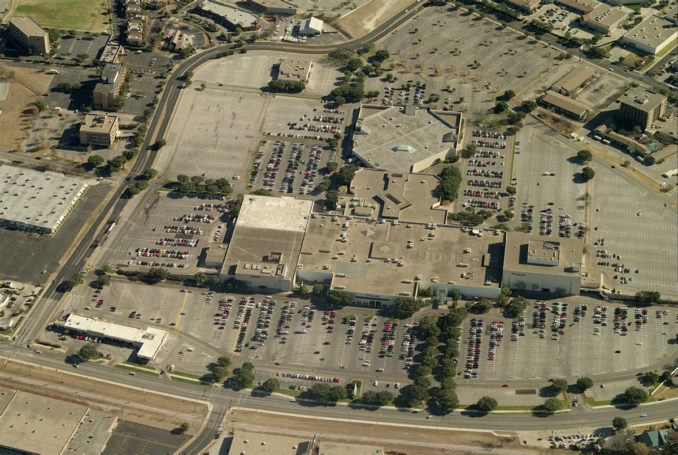
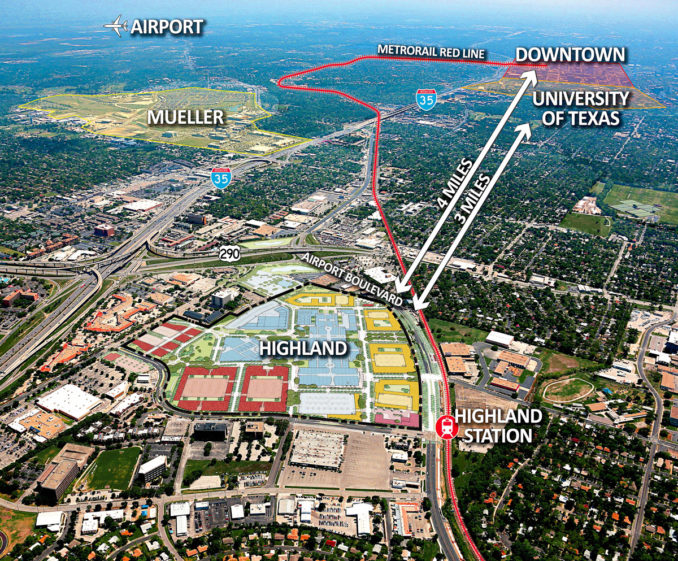
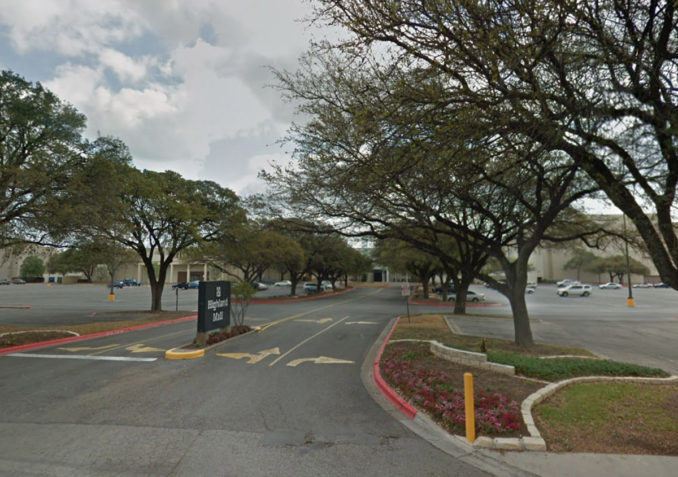
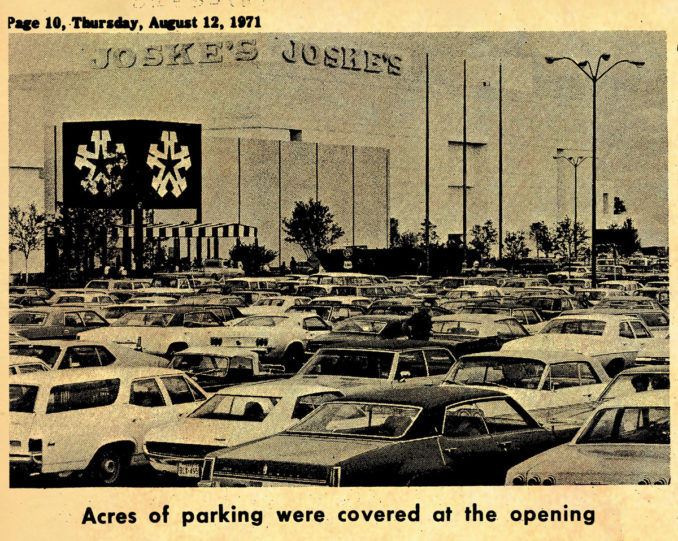
RedLeaf Properties is an Austin-based real estate developer focused on projects that deliver significant community benefit. They excel at working in partnership with public entities to create large-scale, mixed-use projects that include vibrant commercial districts and inviting residential neighborhoods. As such, they were the perfect partner for the nationally recognized 2-year college. ACC serves Central Texas as the primary gateway to higher education and technical training by providing open-door access to an affordable college education for those who want to earn a degree, learn a marketable skill, and advance their careers.
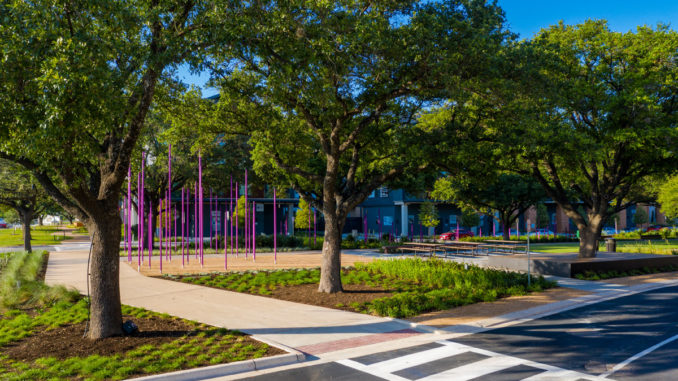
The master plan transformed the 85 acres of former mall site and created a chain of parks over the property. Fontaine Plaza represents the westernmost park and acts as the main arrival sequence to the project from the west. At the onset of the project, the former entry road had deteriorated, leaving behind broken and cracked asphalt, graffitied entry signage, and large heritage trees that had outgrown their tiny parking lot islands. Even in this dilapidated state, dwg. saw immense potential for this site to be a new gateway for the project and for Austin Community College — a vibrant open park space for the community that exemplifies the tactical vision of “parking lots to parks.”
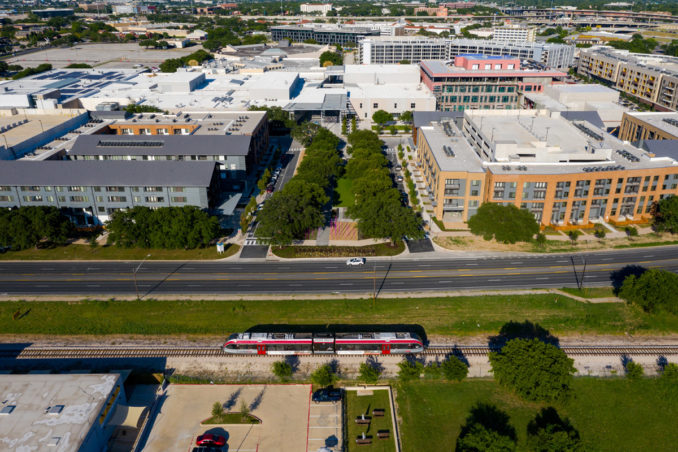
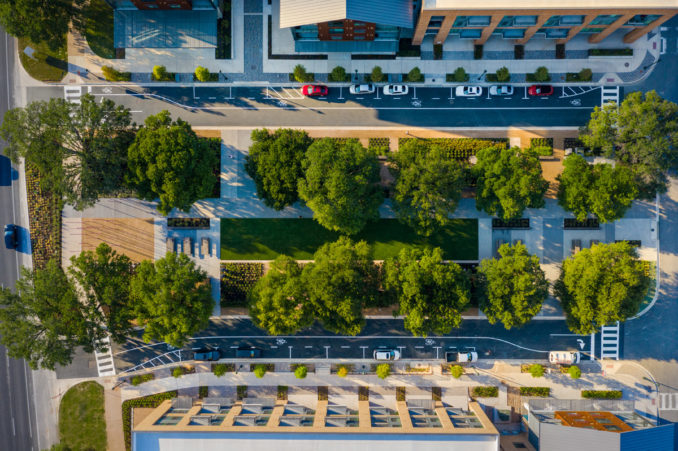
The plaza’s namesake, Reverend Jacob Fontaine, was a freedman, noble civil leader, church founder, and educator. His love for education and strong sense of community were a source of inspiration, and the design commemorates the site’s history as a hub for the community and education, while incorporating the adaptive reuse of reclaimed materials and low-impact design.
The allee of large, heritage live oaks that once lined the entry drive are now thriving and celebrated features of the site. Immersed in their dappled light, outdoor classrooms create opportunities for individual and group learning. Where asphalt once laid, lush native plantings of dwarf palmettos, aztec grass, and turkscap now live. Benches made from reclaimed steel beams of the former mall give a glimpse into the site’s past and offer a place of respite. Custom picnic tables and the event lawn invite people to come together. Throughout the site, designated areas allow for student artwork to be on display. The entry sign has been removed and, in its place, stands an iconic art lighting installation marking the entrance of the new gateway.
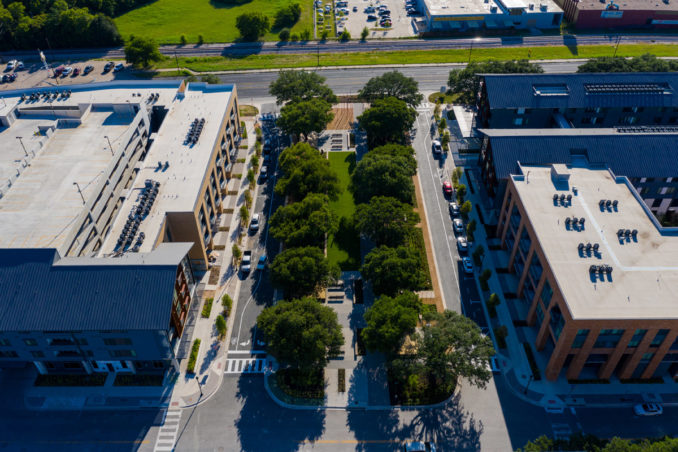
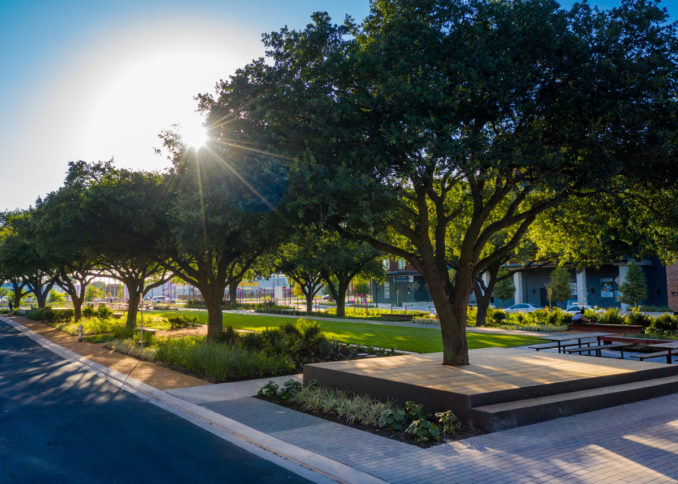
The art installation, “Thicket,” was a commissioned piece by dwg. The seventy-three purple poles, varying in height, is an abstraction of bats taking flight and pays homage to the ACC mascot. During the day the poles are uniformly colored then dusk reveals an internal glow at the top segment of each pole. Every twenty minutes a subtle light show takes place and is choreographed using state-of-the-art programming to whimsically drift across the seventy-three poles.
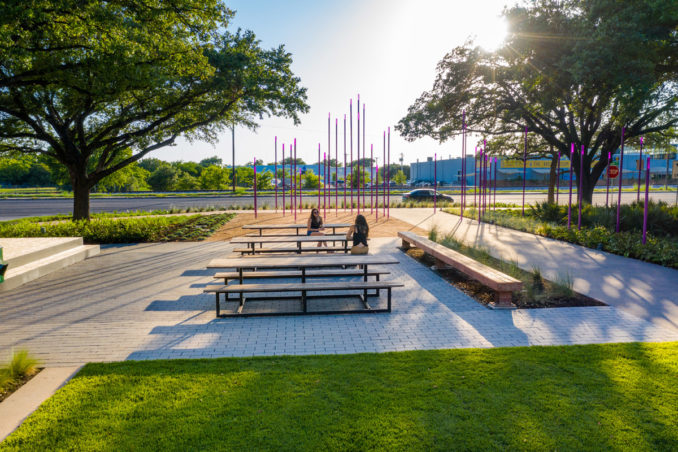
Throughout the design process, 3-D modeling played an essential role in communicating the transformation of the site to key stakeholders, including the descendants of Jacob Fontaine. Through a series of renders and digital animation the viewer was able to experience a first-hand perspective of walking through the park, bringing the project to life. The placement, size, and height of Thicket was also meticulously crafted through modeling.
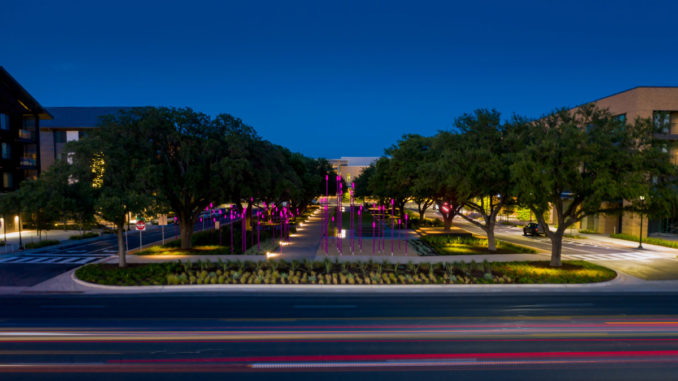
Fontaine Plaza has transformed into a place that both pays homage to the past and creates a place for the future leaders of tomorrow to learn, gather, recreate, and build community.
Fontaine Plaza
Location: Austin, Texas
Clients: Redleaf Properties and Austin Community College
Landscape Architect: dwg.
Image Credits: dwg. unless otherwise noted

